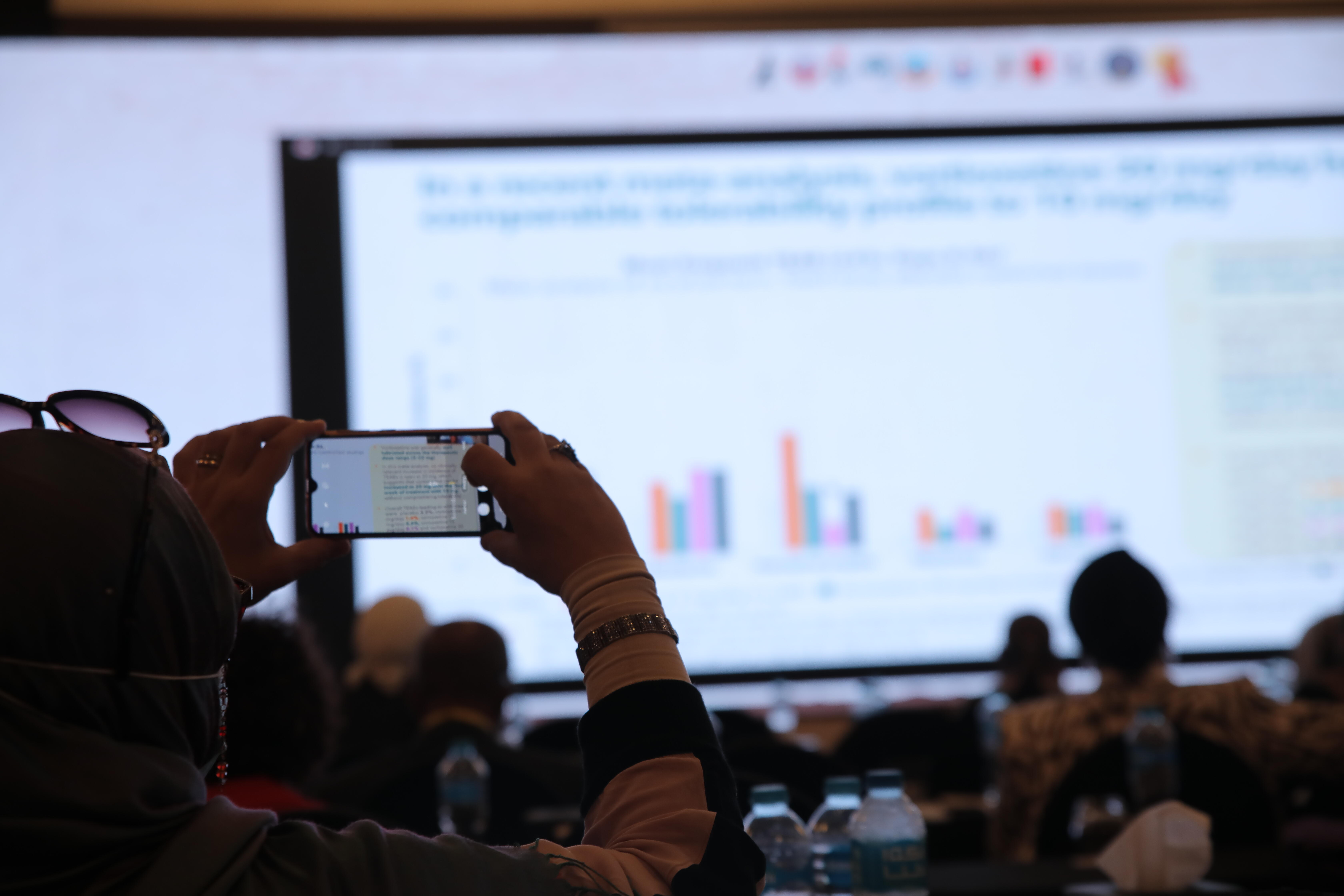Nausea, constipation, diarrhea, dry mouth, headache, dizziness, nervousness, agitation, insomnia, fatigue, sweating, asthenia, tremors, anorexia, increased appetite, weight gain, and male sexual dysfunction—these are some of the adverse events that patients with major depressive disorder may encounter with varying intensities upon treatment with antidepressant agents.1 Since these adverse events may have a dramatic influence on the patient’s condition and treatment adherence and cannot be dismissed, adverse events’ profile of antidepressants is now regarded as one of the main determinants of treatment course and future therapy adjustments, as patients often need dose escalation as a result of initial suboptimal response.
Both efficacy and tolerability are equally important considerations for optimal dose determination and a successful disease management plan.
Major depressive disorder (MDD) patients are constantly subjected to a wide range of adverse events (AEs) associated with common antidepressants,1 along with the need to optimize the medication dose in case of possible suboptimal response to therapy, which may precipitate more pronounced AEs and in turn may lead to patient non-adherence and treatment discontinuation.2 This calls for management strategies that ensure balance between efficacy and tolerability of a chosen dose.
This balance can be achieved by determining the relationship between the dose and both of response and AEs for the antidepressant in question. Dose escalation after initial suboptimal response to some SSRIs and serotonin and norepinephrine reuptake inhibitors (SNRIs) also showed no significant improvement compared to continuation of initial dose.3
Multimodal antidepressant, on the other hand, at high doses (20 mg/day), has a tolerability profile comparable to its lower doses (10 mg/day).4 It also shows a dose-related increase in target occupancy, which corresponds to potential efficacy benefit upon dose escalation after suboptimal initial response.5 This was particularly clear upon comparing the beneficiary outcomes of 20 mg/day versus lower doses and placebo, where the former demonstrated a pronounced improvement in depression symptoms after 8 weeks of treatment,4 in addition to improvement in patient functioning.6 The tolerability of dose escalation of multimodal antidepressant prompted its implementation in 94% of patients after only one week of being on the 10 mg/day dose. This was reported in an open-label study determining its effect on reducing symptoms of both depression and anxiety in patients with severe MDD comorbid with severe generalized anxiety disorder. Reported AEs were all of low and moderate intensity, with nausea being most commonly reported AE (21%).7 No clinically relevant difference was observed in the AEs reported by patients whose dose was increased to 20 mg/day, compared to those who stayed on the 10 mg/day dose.7




